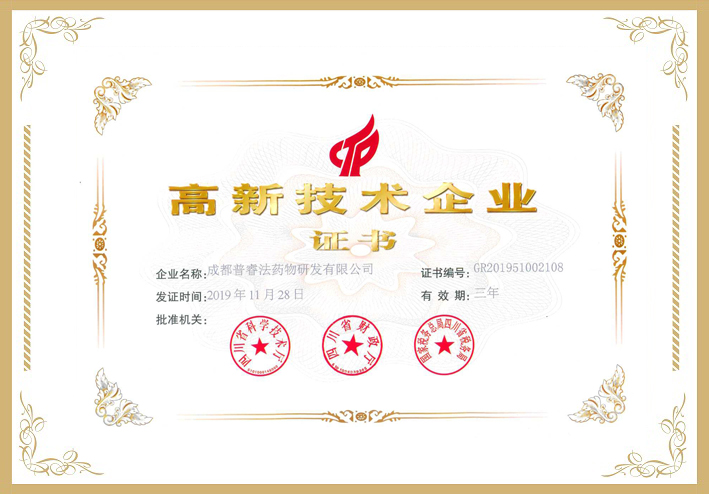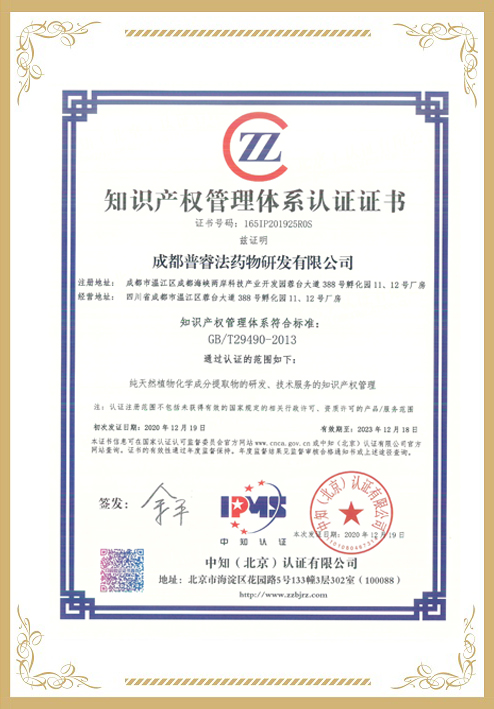Objectives: To determine whether SNPs of osteoarthritis (OA)-related genes predict the effect of Chrysanthemum zawadskii var. latilobum (CZ) extract in OA patients with OA. Subjects/methods: To analyze correlations between CZ extract effects in humans and their genotypes, 121 Korean patients with OA were recruited. Patients ingested 600 mg/day of the CZ extract GCWB106 (one tablet daily), including 250-mg CZ, or placebo (one tablet daily) for 12 weeks. Twenty SNPs were genotyped in 11 genes associated with OA pathogenesis, including tumor necrosis factor-alpha (TNF-α) and matrix metalloproteinases (MMPs), and 9 genes involved in OA-related dietary intervention. The Visual Analogue Scale (VAS) and Korean Western Ontario and McMaster Universities (K-WOMAC) were measured as indicators of GCWB106 effect. Statistical comparisons were performed using Kruskal-Wallis tests to identify associations between these scales and genotyped loci in patients with OA. Results: Three SNPs (PPARG rs3856806, MMP13 rs2252070, and ZIP2 rs2234632) were significantly associated with the degree of change in VAS pain score. Homozygous CC genotype carriers of rs3856806, G allele carriers (GA or GG) of rs2252070, and T allele carriers (GT or TT) of rs2234632 showed lower VAS score (i.e., less severe symptoms) in the GCWB106 group (n=53) than the placebo group (n=57) (p=0.026, p=0.009, and p=0.025, respectively). Gene–gene interaction effects on GCWB106-mediated pain relief were then examined, and it was found that the addition of each genotype resulted in a greater decrease in VAS pain score in the GCWB106 group (p=0.0024) but not the placebo group (p=0.7734). Conclusions: These novel predictive markers for the pain-relieving effects of GCWB106 may be used in the personalized treatment of patients with OA.























